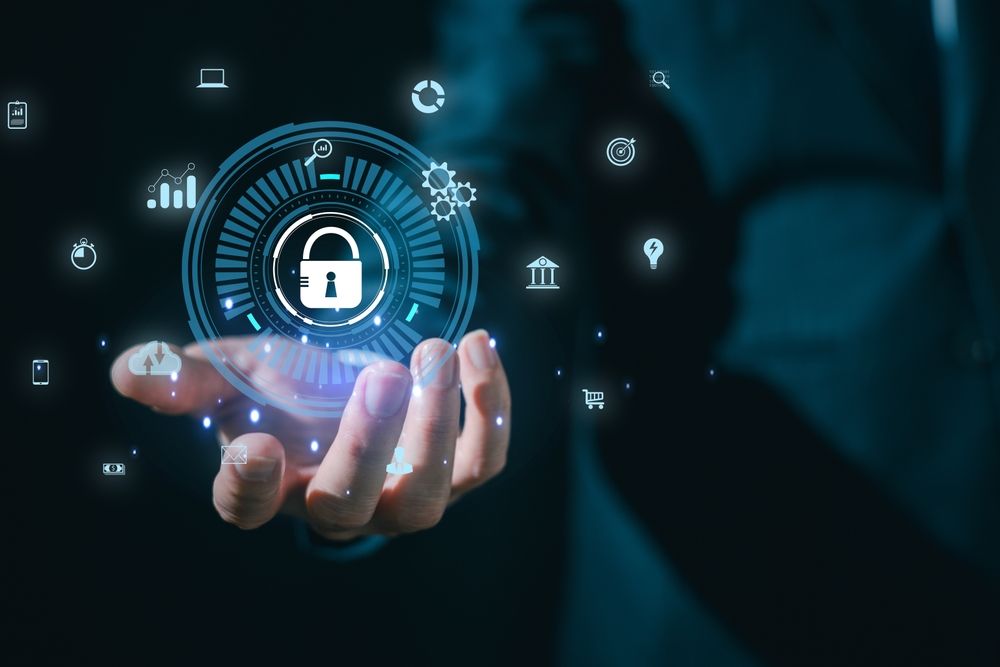
Welcome to our exploration of the ever-evolving landscape of banking security, where cutting-edge technology meets age-old principles of trust and confidentiality. The finance industry has been at the forefront of adopting robust security measures, and as cyber threats become more sophisticated, so too do the defenses against them. In this deep dive, we will navigate through the journey of banking security, with a focus on the revolutionary impact of biometric safeguards. From fingerprint scanning to facial recognition, biometrics are redefining the way we protect our financial assets. So, whether you’re a banking professional, a technology enthusiast, or simply someone who values the security of their hard-earned money, join us as we explore this fascinating and critical aspect of modern banking.
The Pre-Digital Age: Traditional Banking Security Measures
Before we delve into the realm of biometrics, let’s take a step back and examine the traditional security measures that have safeguarded our financial institutions for decades. Banking has always been synonymous with security: vaults, safes, and secure ledgers have been the hallmark of financial institutions. These physical security measures were complemented by procedural ones, such as signature verification, personal identification numbers (PINs), and stringent background checks for bank employees.
However, these methods, while effective in their time, had limitations. Signatures could be forged, PINs could be guessed or stolen, and physical barriers could be breached. The pre-digital age of banking security was robust against threats of the time, but as technology advanced, so did the methods of those with malicious intent. It became clear that the industry needed to evolve and embrace new technologies to counteract these emerging threats.
The Dawn of Digital Banking and Initial Security Innovations
As the world ushered in the digital age, banking followed suit, introducing online and mobile banking platforms that provided customers with unprecedented convenience. With these new platforms came new risks, and the industry responded with digital security measures such as encryption, two-factor authentication, and secure socket layer (SSL) certificates.
Encryption algorithms transformed sensitive data into unreadable code during transmission, preventing unauthorized interception. Two-factor authentication added an extra layer of security by requiring a second form of verification, often a code sent to the user’s mobile device. SSL certificates established a secure connection between the user’s browser and the bank’s server, ensuring data integrity and confidentiality.
While these innovations significantly enhanced digital banking security, they still relied on something the user knew (like a password) or had (like a phone). If this information was compromised, so was the security of the user’s banking information. This vulnerability paved the way for the integration of something the user is—biometric authentication.
The Introduction of Biometrics in Banking Security
Biometrics revolutionized banking security by using unique physical characteristics to confirm identity. This technology, once the stuff of science fiction, became reality as banks began implementing fingerprint scanners, voice recognition, and iris scanning for secure access to accounts and services.
Fingerprint scanning was one of the first biometric technologies widely adopted by the banking industry. It offered a secure, quick, and user-friendly method of authentication. Voice recognition software analyzed vocal patterns and characteristics, adding another layer of security that was difficult to replicate or forge. Iris scanning, while less common due to higher costs, provided an exceptionally secure method of identification thanks to the unique patterns found in each individual’s iris.
The use of biometrics addressed the weaknesses of previous security measures by tying access directly to the user’s unique biological traits. This meant that even if a user’s password or mobile device was stolen, their biometric data would still protect their account.
Enhancing User Experience and Security with Advanced Biometrics
As biometric technology advanced, so did its integration into the banking experience. With the introduction of facial recognition and behavioral biometrics, banks offered more seamless and secure ways to interact with financial services.
Facial recognition technology uses complex algorithms to analyze facial features, providing a secure and convenient way to access banking apps, especially with the widespread use of smartphones with built-in cameras. Behavioral biometrics took things a step further by monitoring the user’s behavior—such as typing speed, mouse movements, and even the angle at which the device is held—to create a continuous authentication process that could detect anomalies and potential fraudulent activity.
These advanced biometrics not only strengthened security but also improved the customer experience by making authentication processes quicker and less intrusive. Customers no longer had to remember complex passwords or wait for authentication codes; instead, they could rely on their physical and behavioral traits to provide secure and instant access to their banking services.
The Future of Biometrics in Banking: Challenges and Opportunities
The integration of biometric technology in banking is just beginning. As we look to the future, we see a landscape filled with both opportunities and challenges. The potential for even more secure and user-friendly banking experiences is vast, with emerging technologies like heart rate biometrics and vein pattern recognition being explored.
However, as biometric technology becomes more prevalent, so do concerns around privacy and data security. Banks and regulators must navigate these challenges, ensuring that biometric data is protected with the highest standards of encryption and that its use complies with privacy laws and ethical considerations.
Moreover, there’s an ongoing need to maintain public trust in these technologies. Educating customers about the benefits and safeguards of biometric banking security will be crucial in overcoming skepticism and resistance to adopting new methods.
The evolution of security in banking is a testament to the industry’s commitment to protecting its customers. Biometric safeguards represent a significant leap forward, offering a blend of security and convenience that was once unimaginable. As we continue to witness the growth of biometric technology, one thing is certain: the future of banking security is not just about building higher walls, but about creating smarter, more personalized defenses that recognize us for who we are—literally.
